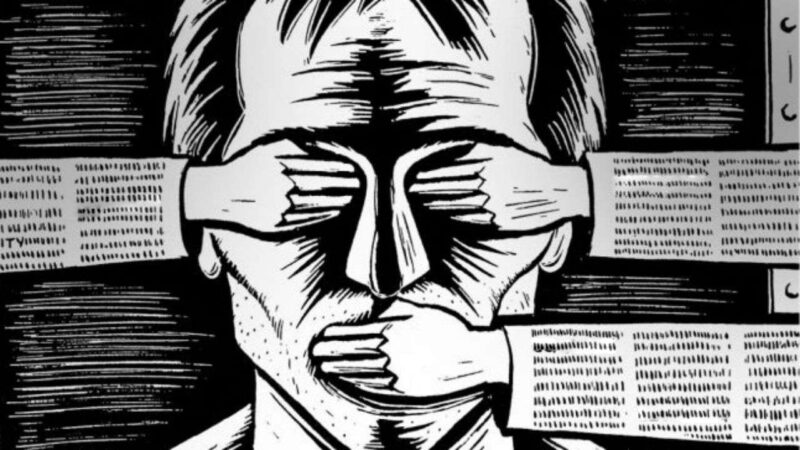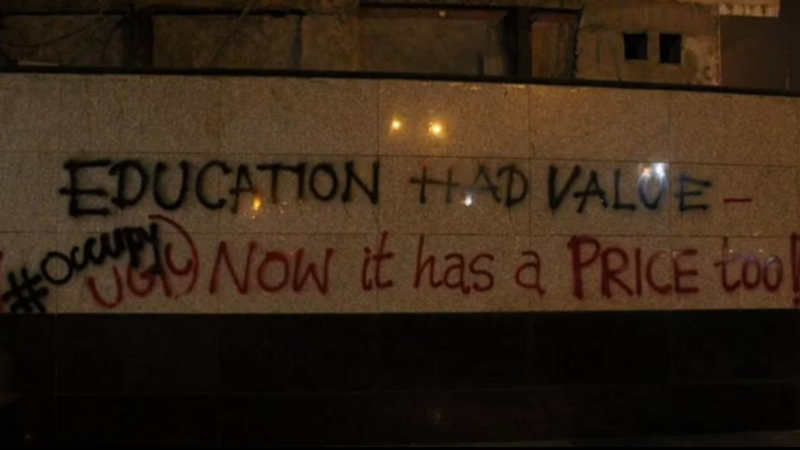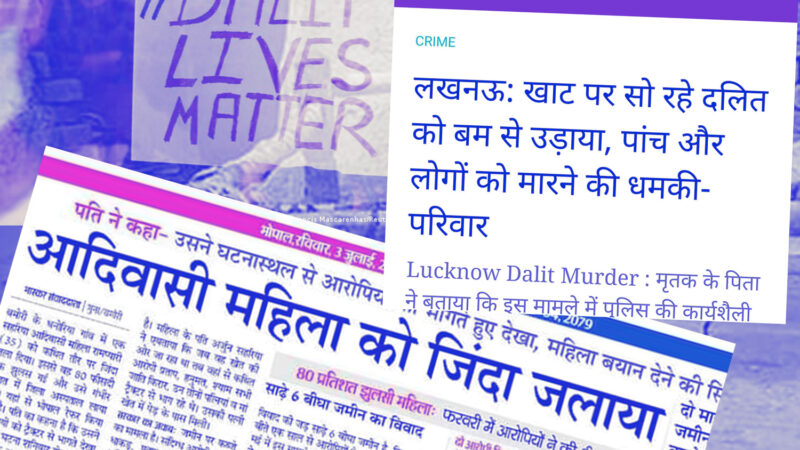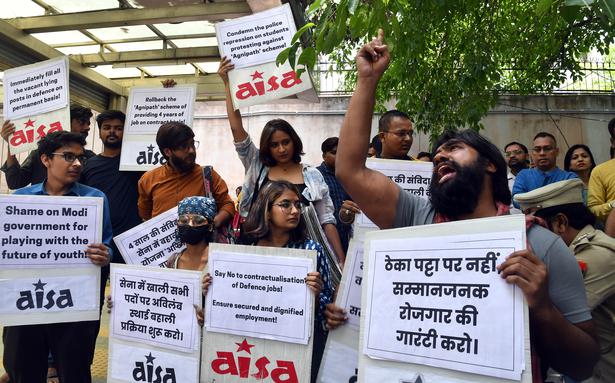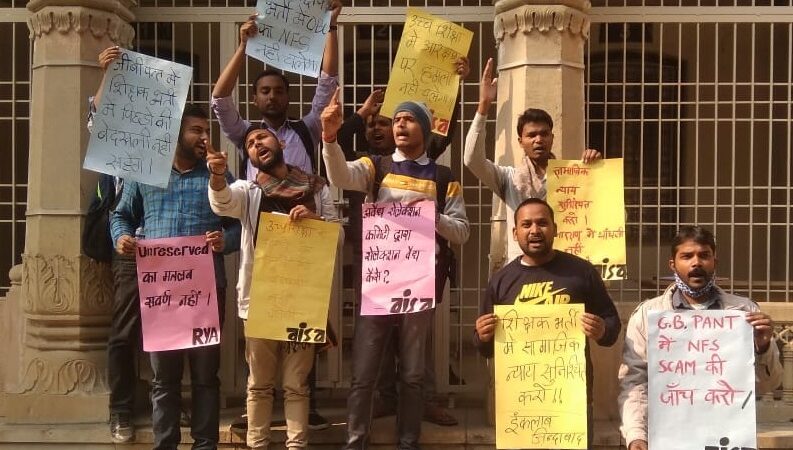Historic November Revolution: Legacy and Contemporary Relevance
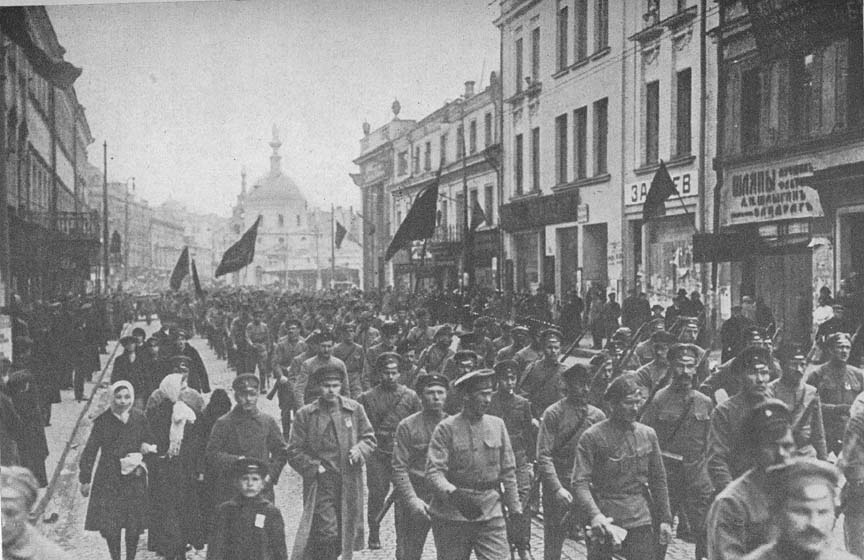 The Russian Bolshevik Revolution – 7 November 1917. A 100 years after that momentous day, it is important to remind ourselves that that Revolution was no coup, no conspiracy. It was the greatest assertion the world has yet seen of democracy – of the urge and will of ordinary people for liberation.
The Russian Bolshevik Revolution – 7 November 1917. A 100 years after that momentous day, it is important to remind ourselves that that Revolution was no coup, no conspiracy. It was the greatest assertion the world has yet seen of democracy – of the urge and will of ordinary people for liberation.
Never before had the world witnessed anything of this sort and on such a scale. True, the Communist Manifesto published nearly seventy years earlier had envisioned such a revolutionary overthrow of the old (capitalist) order to march towards a new symphony of human emancipation. True, Marx’s Magnum Opus, Capital, had first seen the light of day fifty years previously, soon after the brave experiment of Paris Commune had demonstrated in action the feasibility of the idea of a revolution led by the working class. Yet, it was the November Revolution which for the first time showed the full potential of this vision, clearly and decisively, before the entire world. The world got its first paradigm of a popular uprising where workers and peasants came together, civilians and soldiers fought together, women and men marched together, the young and the old celebrated their victories together.
The Tumultuous Journey
The story of the Russian Revolution is a lesson in the speed with which history can move and epochs can change. Of course, it did not happen just in those Ten Days That Shook The World as immortalised by the great socialist chronicler John Reed. It took decades of class struggle to facilitate the rise of the revolutionary Russian Social Democratic Labour Party that eventually grew into the Communist Party of the Soviet Union, a series of strikes and other struggles, much study and analysis, research and social investigation, rigorous organisational discipline and great political imagination and initiative, and of course plenty of failures and rehearsals including the failed revolution of 1905 and the stepping stone of the February 1917 revolution. The seminal works of Com. Lenin– The Development of Capitalism in Russia.(1899), What Is To Be Done (1902), Two Tactics of Social Democracy (1905), Against Boycott (1907), Materialism and Empiriocriticism.(1908), Imperialism-the Highest Stage of Capitalism (1916), April Thesis (1917), State and Revolution (1917-18), “Left-Wing Communism” An Infantile Disorder (1920) in many ways constitute an autobiography of this great tumult written in blood and sweat, marked with upheavals, repression, retreat and resurgence, spanning more than two decades.
The Romanov dynasty ruled Russia with an iron fist for a long three hundred years. But from the late 19th century, the empire’s foundations were shaken. In a historic uprising, on January, 1905 hundreds of thousands of workers, students, and the poor marched against the czarist regime in St. Petersburg. They were met with massive state repression on the “Bloody Sunday”, leaving hundreds to bleed to death in the streets. In June, 1905, sailors mutinied on the Battleship Potemkin and around the same time peasants revolted in the provincial zones. Amid these rebellious churnings, thousands joined Russian Social Democratic Labour Party. The terrified monarchy was forced to form Duma in 1906, though it was a sort of toy parliament.
The period after 1907 was a period of temporary setback for the revolutionary Left in Russia; its leaders facing massive repression, forced into exile and its membership plummeting. And yet within few years, things changed rapidly. By early 1912, the strikes were on rise again. In the same year, tsarist troops shot down hundreds of strikers in a Siberian gold-mining town, Lena. The beginning of World War I stretched the country to the breaking point as million of soldiers in the tsar’s imperial army were killed and millions of civilians died from war related causes. Just as the war filled the country with bloods of soldiers and civilians, it filled the Russian capital with the working class population – engaged in the industrial production for the war. Political strikes proliferated again from 1916. Amid these mass movements, socialist organizations fought back to associate themselves among workers, St Petersburg teemed with revolutionary socialists organized into party groups including Bolsheviks, Mensheviks, Social Revolutionaries, and anarchists. The social, economic and military crisis of Russia, coupled with the organization of working class and the intensifying revolts of soldiers, peasants, students and oppressed nationalities led to the March (February by older calendar) uprising.
In March 1917, a massive popular upsurge overthrew the Tsar and established a Provisional Government. The new Government enjoyed plenty of popular support to begin with. But the March 1917 moment had also given birth to another centre of democratic power: the Soviet of Workers’ and Soldiers’ Deputies: elected representatives of workers and soldiers, reflecting a broad spectrum of the 1917 Russian Left.
As disillusionment with and anger against the Provisional Government grew among people, the demand grew that the Soviet directly take power. As the popular mood in favour of ‘Bread, Peace, and Land’ grew, the Bolshevik Party’s consistency on these questions fired by Lenin’s decisive leadership and articulated through his historic April Thesis (April 1917) paid off, and support for it grew exponentially, culminating in the proletarian revolution of November 1917.
The people’s determination to win Bread, Peace, and Land – to liberate themselves not only from the yoke of the Tsar but from oppression in factories and fields, to end a hated war, to achieve human dignity as workers, as women, as oppressed nationalities and rank-and-file soldiers – found expression first in the March revolution. But when the Provisional Government, thanks to its very nature betrayed those goals, the people began to wish to take power directly into their own hands – and saw in the Bolshevik party the means, the organized force, and the vision to do so.
There was scarcely any aspect of life that was not utterly transformed by the Russian revolution.
Between March and November 1917, workers had already begun to experience and assert direct democracy in the Soviets – taking decisions to enforce the 8-hour day and demanding dignified treatment without waiting for the Provisional Government’s opinion or approval.
Peasants began to form rural communes asserting rights to the commons and challenging feudal landlords. And of course, there was a huge overlap between peasants and soldiers – soldiers who were sick and tired of World War I.
In Russia, widespread anti-war sentiment among the peasantry and soldiers was a huge factor spurring the March and November revolutions. Workers drafted a decree that they demanded the Provincial Government respect, allowing for election of soldiers’ committees in military units; election of soldiers’ representatives to the Soviet; and demanded that officers address soldiers as ‘Citizen’ instead of using derogatory terms. Soldiers and their families were drawn to the Bolsheviks’ staunch principled anti-war position.
The March revolution began on International Women’s Day – 8 March 1917, when women poured out of factories onto streets demanding bread. During the March revolution, women demanded – and won – the right to vote.
In the revolutionary climate that followed March and built up to November, national minorities (that in many cases also represented religious minorities) rose up against Russian chauvinism and began to pursue self-determination.
Along with the assertion of self-determination, there were also democratic stirrings within communities and oppressed nationalities. The All-Russian Muslim Women’s Congress held in May 1917 in Kazan in Tatarstan debated various questions of gender justice. This was followed by the All-Russian Muslim Conference held in Moscow in June 1917 which upheld women’s right to vote, the equality of the sexes, the non-compulsory nature of the hijab, and the banning polygamy in principle.
To quote Lenin, “We have granted all the non-Russian nationalities their own republics or autonomous regions. We in Russia no longer have the base, mean and infamous denial of rights to women or inequality of the sexes…We really razed to the ground the infamous laws placing women in a position of inequality, restricting divorce and surrounding it with disgusting formalities, denying recognition to children born out of wedlock, enforcing a search for their fathers, etc., laws numerous survivals of which, to the shame of the bourgeoisie and of capitalism, are to be found in all civilised countries.” (A Great Beginning, June 1919) In another remarkable blow to patriarchy the Bolshevik Revolution struck down the tsarist-era laws criminalizing homosexuality. A 1923 pamphlet The Sexual Revolution in Russia, written by Dr. Grigorii Batkis, director of the Moscow Institute of Social Hygiene declared: “Soviet legislation bases itself on the following principle: It declares the absolute non-interference of the state and society into sexual matters, so long as nobody is injured, and no one’s interests are encroached upon.”
The November revolution transformed Russia – and in doing so, fired the imagination of people all over the world. In India, too, its impact was felt among the freedom fighters. A whole range of revolutionary organizations and individuals were inspired by the November revolution.
The November Revolution is best remembered by the possibilities, promises, the striving and the hope of the moment of its birth and its early years. In the difficult years that followed, many mistakes were made, and the initial promise foundered and was eventually reversed. Revolutionaries all over the world will no doubt learn from its mistakes and missteps – but above all will be inspired by the bold confidence with which ordinary workers and peasants sought to reshape the world and make the brave bid towards human liberation.
November Revolution- Message for Today and Tomorrow
To quote from the editorial of Liberation, November 2017: “The stagnation, derailment and eventual collapse of the Soviet Union cannot obliterate its roleas an inspiration for national liberation movements, as the bulwark of resistance against Hitler’s fascist aggression, the force that bore the brunt of the fascist attack and eventually emerged triumphant to the great relief and joy of the whole world, and finally as a contending pole against the global domination of US imperialism. Following the disappearance of the Soviet Union we are witnessing a massive neo-colonial offensive of global capital and a desperate American drive for unipolar global domination and now in the rise of Donald Trump and his trumpets in different countries, even the threat of a resurrection of Hitler’s brand of fascism appears all too real. Our celebrations of the centenary of the Great November Revolution must be not just an affirmation of a pivotal moment of world history but a determined resolveto draw on its multiple lessons and inspirations to face the present juncture and develop a revolutionary answer to the challenges posed by a crisis-ridden global capitalism and the badly dented and dilapidated paradigm of bourgeois democracy.
“Of course, even in its collapse, the great twentieth century world historic experiment that was the USSR, left us with questions that socialism in the twenty first century must answer. Socialism has to outdo capitalism in its inner dynamism, socialist democracy must be able to demonstrate its superiority over bourgeois democracy in every respect, the working class organised under the communist party and leading the socialist state must ensure sustained comprehensive representation and participation of the whole class and draw consistently on the advances in science and technology and other fields of knowledge and creative arts to propel the socialist model forward. But most crucially, it is the grand innovative and revolutionary spirit of the November Revolution, of turning adversity into opportunity and seizing the moment firmly and decisively in the interest of the revolutionary advance of the people that must guide and drive today’s communists in facing the Trumps and Putins and Modis and Erdogans of our times.”
